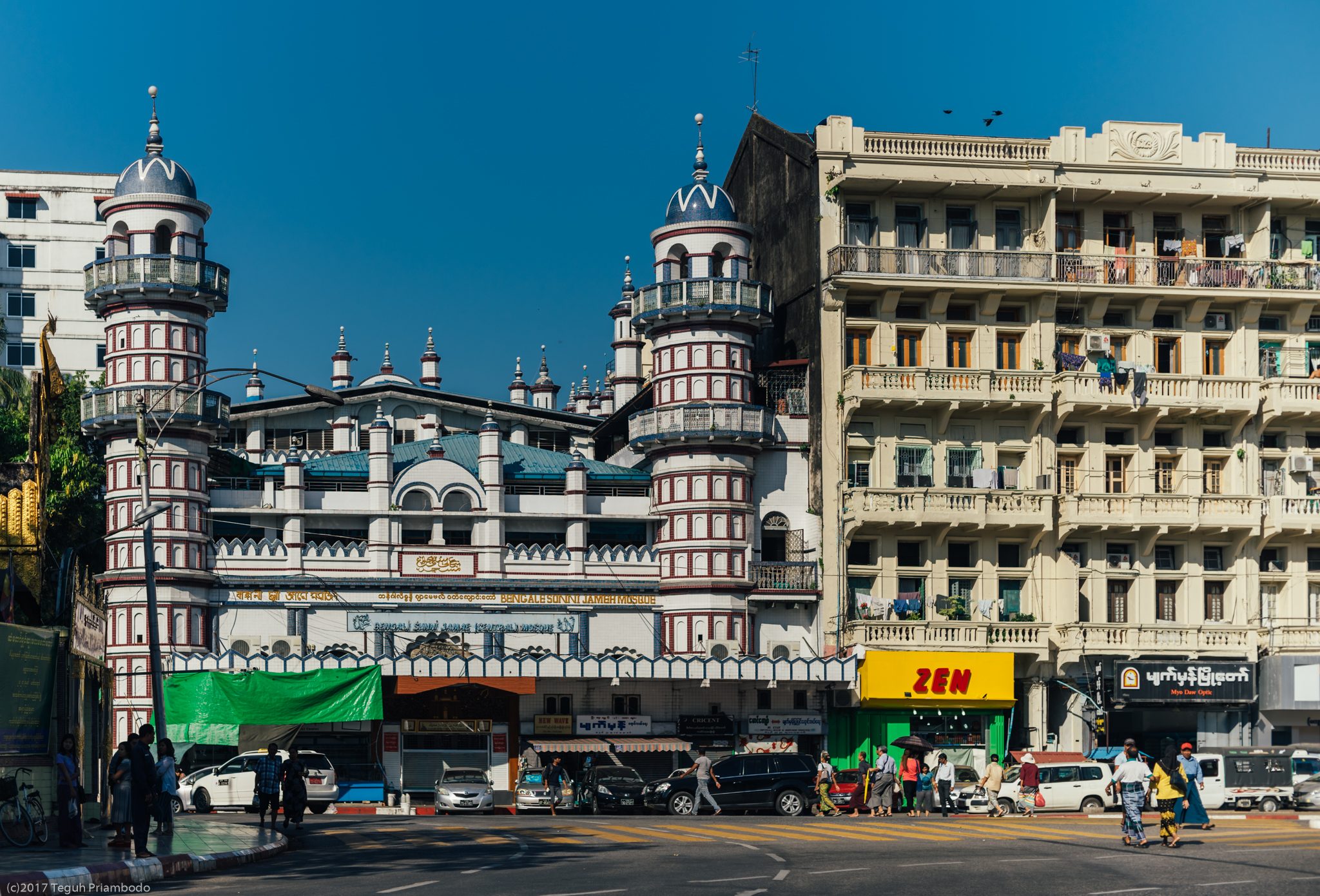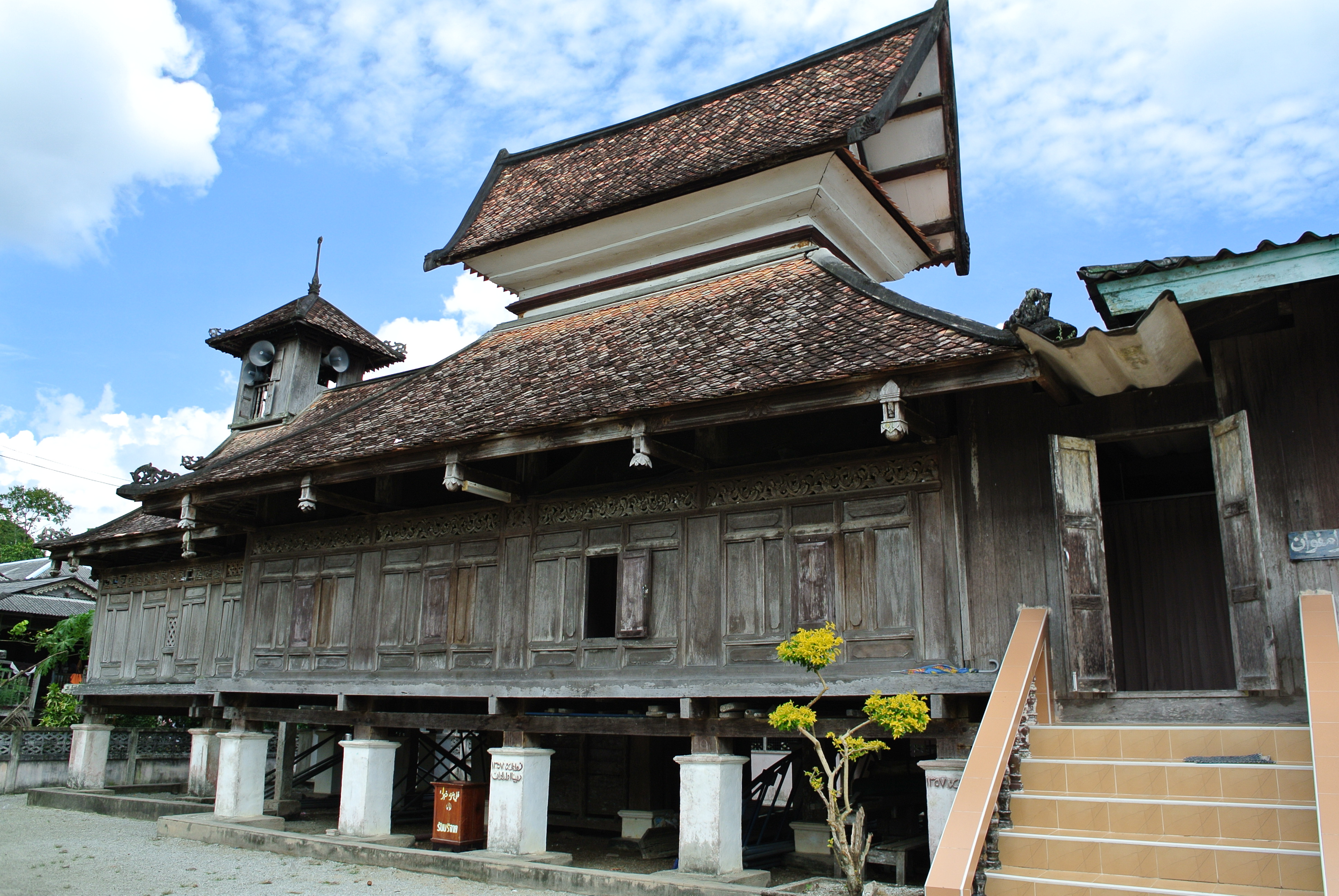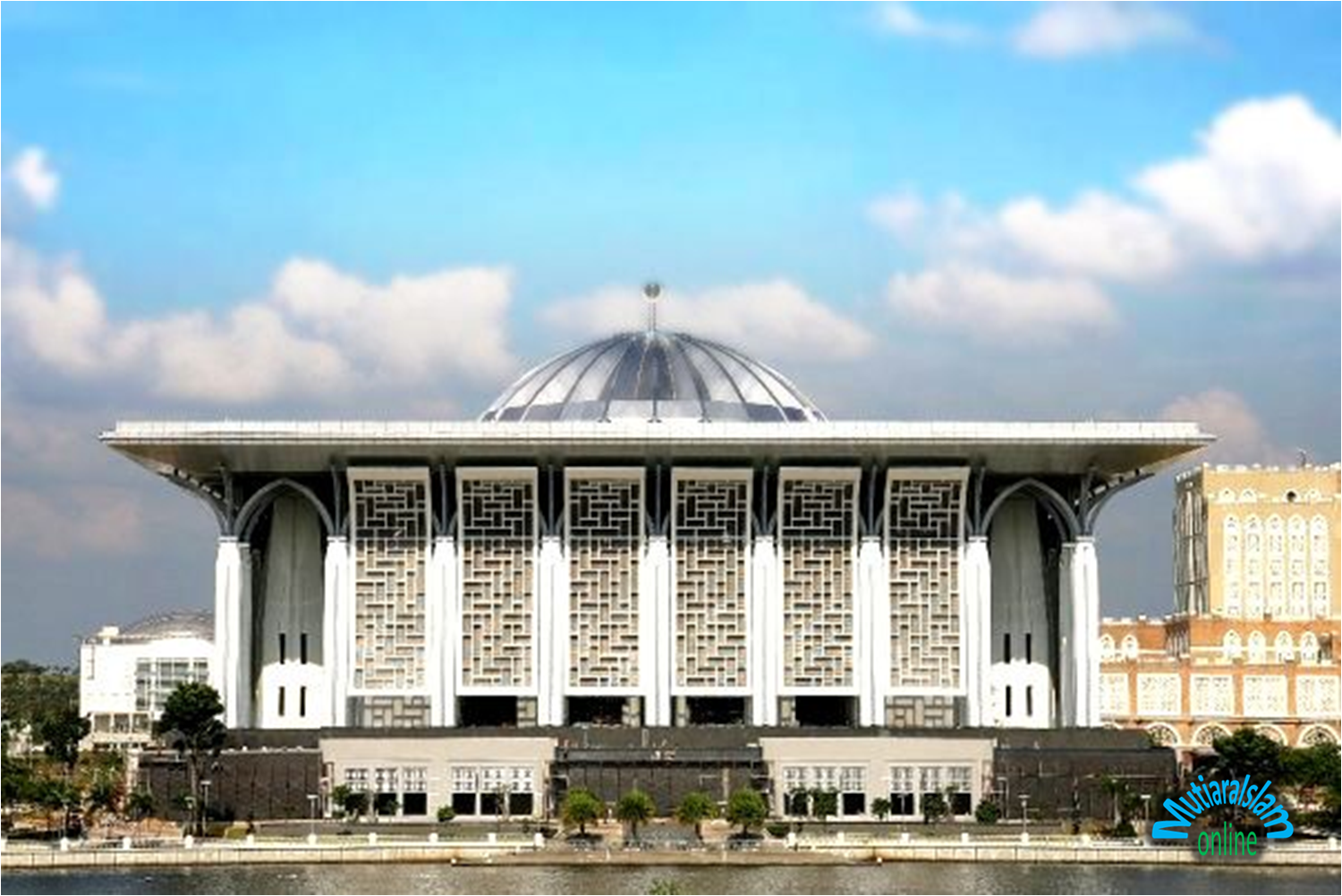From the quaint, quiet, and humble to the ostentatious, grand and glittering, herewith is the Seasia's edition of top unique mosques in Southeast Asia.
These few genuinely interesting mosques literally tells us how each nation in the region celebrate the truly amazing diversity in language, culture, tradition and religion practised in the country.
MASJID AZAHAR – VIENTIANE, LAOS

Most of Vientiane's Cambodian Muslims cluster around in a locality not far from the town's Chinese quarter.
In the centre of their settlement is a large mosque, established in 1986, this graceful building topped with numerous gilded domes, which contains two large rooms. One room serves as a prayer-hall, and the other as a maktab, where some fifty Cambodian Muslim children study in two daily shifts that are timed in such a way as to allow them to attend regular school as well.
BENGALI SUNNI JAMEH – YANGON, MYANMAR

Bengali Sunni Jameh Mosque is situated in downtown Yangon. Its design features an Islamic temple, whose facade is beautifully ornamented with pieces of architecture. It has a spectacular dome and minarets.
The mosque was erected by a Muslim Indian population during the British colonial era.
AL-SERKAL – PHNOM PENH, CAMBODIA

The Al-Serkal Mosque is the main mosque in Phnom Penh, the capital of Cambodia. It was a gift from Al Serkal Family, United Arab Emirates after the fall of the Khmer rouge. It is situated north of the town, near the Boeung Kak lake, which is now had dried.
Another building, gift from the United Arab Emirates, has replaced the ancient mosque, it opened in 2014.
THE CENTRAL MOSQUE – HO CHI MINH CITY, VIETNAM

Built in the 1930s by South Indian Muslims, Saigon Central Mosque leaves a strong impression on visitors by its featured architecture, solemn atmosphere and halal food available right the outside.
Originally, the mosque was a place for only worshipers from Southern India who came and lived in the city. But, these days, Muslims around the globe have a right to visit here to worship and practice their belief.
MASJID RAYA SUMATERA BARAT – PADANG, INDONESIA

Mosque by architect Rizal Muslimin has a main building consisting of three floors. The total area of the building is about 40,343 square meters and can accommodate about 20,000 worshipers. The mosque is designed to be able to withstand earthquakes up to 10 SR at once can be used as an evacuation site in case of a tsunami.
This mosque looks unique because the roof is inspired from the typical roof of Minangkabau house, and adapt the form of a stretch of cloth used to move the stone of Hajar Aswad in Mekka by four tribes of Quraish who are at odds.
Meanwhile, the mihrab part of the mosque is inspired by the stone form of Hajar Aswad with the golden Asmaul Husna carvings on the roof.
300 YEARS – NARATHIWAT, THAILAND

The most prominent feature is that the mosque resembles a Buddhist temple. It comprises two buildings connected to each other, in a mixture of local Thai, Chinese, and Malay architectural styles. Parts of the buildings interlock each other without nails, and above the roof is a base that supports a gable.
The Azan tower is of a Chinese style and is situated on the rear part of the roof. The tower has wooden walls with windows. The air holes are carved with floral and Chinese designs. The top-tiered roof features a dome constructed in the Chinese pavilion style. Fine carved designs are decorated around the two buildings.
The 300 Years Mosque has been registered as a historical site by the Fine Arts Department. Today, it is still in use for religious practices among Muslims, and it also serves as a community center.
TUANKU MIZAN ZAINAL ABIDIN MOSQUE – PUTRAJAYA, MALAYSIA

The "Iron Mosque" features a district cooling system, and fans or an air conditioning system. The mosque employs "architectural wire mesh" imported from Germany and China, which is also constructed at the Santiago Bernabéu Stadium in Madrid and the Bibliothèque nationale de France in Paris.
The main entrance is strengthened with glass-reinforced concrete to increase the integrity of the structure and uses fine glass to create an illusion of a white mosque from afar.
ASSYAFAAH MOSQUE – SINGAPORE

The Masjid Assyafaah was built in 2004 and designed by a local company, Forum Architects. They designed the mosque in such a way that it could fit into a multi-racial and multi-religious community and at the same time integrating traditional Islamic symbols to make it resemble a mosque.
The most striking facet of the mosque is the ten-storey minaret, made of rusted metal plates for its natural tones. At night, the minaret ‘disappears’, leaving the lit crescent and star symbol to hover over the mosque. Another feature is the re-interpretation of the arabesque, a traditional symbol in Islamic art.
SULTAN OMAR ALI SAIFUDDIEN MOSQUE – BANDAR SERI BEGAWAN, BRUNEI

Completed in 1958, Masjid Omar Ali Saifuddien – named after the 28th Sultan of Brunei (the late father of the current sultan) – is surrounded by an artificial lagoon that serves as a reflecting pool.
This being Brunei, the interior is pretty lavish.
The floor and walls are made from the finest Italian marble, the chandeliers were crafted in England and the luxurious carpets were flown in from Saudi Arabia. A 3.5-million-piece glass mosaic overlaying real gold leaf covers the main dome.
Source : Various source including Wikipedia and ICS Travel Group


















